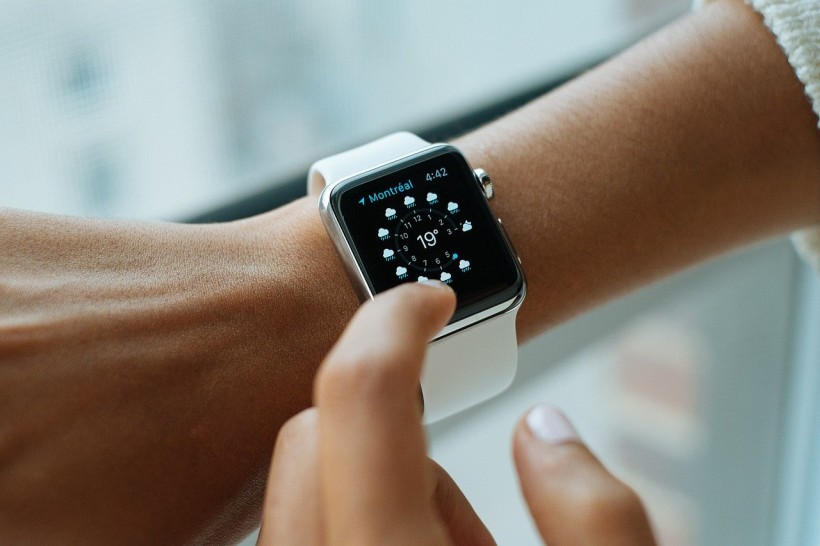
(Photo : Image by fancycrave1 from Pixabay )
Wearable technology like Apple watches have become increasingly popular over the last number of years. Whilst these devices have countless applications, one of the most common reasons people have adapted to this technology is to improve their fitness and wellbeing. Whether you're a pro-athlete or a casual gym-goer, modern-day tech wearables can be the key to taking your fitness goals to the next level.
With wearable tech, it's now easier than ever to monitor and track your health and wellness gains. Although people have been keeping workout diaries for decades, and early smartphone apps that centred around wellness (i.e. gamified water consumption apps and exercise logging apps) changed the game significantly in more recent years, nothing has had a bigger impact than wearable tech.
With these devices, your daily activities, nutrition, rest, heart rate and so much more can constantly be monitored in a non-invasive yet highly impactful manner, helping you to stay on track towards your goals.
Let's take a closer look at just a few ways that wearable technology has helped many people to completely transform their health and wellness routines.
Workout Tracking
One of the primary advantages of wearables is the ability to track your movement throughout the day. Whether you're going for a swim, run, cycle or just a walk around the local park, you can track your every move and record fitness stats from each activity too.
From the number of calories you burned to the time it takes you to complete the activity, the route you completed, and the distance you have travelled, there are numerous metrics you can scrutinise. On top of this, many wearables allow you to set goals and compare your recent workouts with older ones so you can monitor your progress over time and stay consistently motivated.
Sport-Specific Data
If you are training for a particular event or you are looking to become a competitive athlete, it pays to gather as much data about your workouts as you possibly can. With wearable technology, you can gain more information than ever before that is specific to your sport and your current capabilities.
For example, runners can find out the length of their stride, cyclists can analyse their cadence, and swimmers can break down their swim lap-by-lap. With this detailed information, you can make vast improvements to your form moving forward.
Sleep Monitoring
As any athlete will tell you, getting enough rest is crucial when it comes to improving your performance. Your body needs time to recover after workouts and if you don't allow yourself to get enough sleep, you will quickly start to slip behind. With wearable tech, you can monitor not just how much you sleep, but the quality of your sleep too. Using this data, you can fine-tune your daily schedule to ensure that you get the rest you need when you need it so that you can both achieve your fitness goals over time, and create even newer, more ambitious goals along the way too.
Stress Levels And Heart Rate
Many wearable technologies include a heart rate sensor that tracks your heart rate throughout the day. Using this information, you can determine times of the day where you were under additional stress. While this is to be expected during exercise, your heart rate should not be spiking for no discernable reason throughout the day. These metrics can help wearers to identify mental health issues and triggers in their lives that put them under unnecessary stress throughout the day.
Some wearable tech may even register these high stress points throughout the day, alert you to them, and use vibrations or visual cues to support you through breathing techniques that can potentially help you to gain control of your emotional wellbeing in that moment. In essence, stress level monitoring can be trained into you with the use of wearable tech!
Wearable Technology Will Continue To Play An Important Role
There has been a huge uptake in wearable technology in recent years, and it's likely not going to slow down anytime soon. As more people realise the benefits of this technology, and the tech itself develops even further, we can expect it to become even more commonplace for those looking to bolster their health and fitness efforts.
* This is a contributed article and this content does not necessarily represent the views of hngn.com








